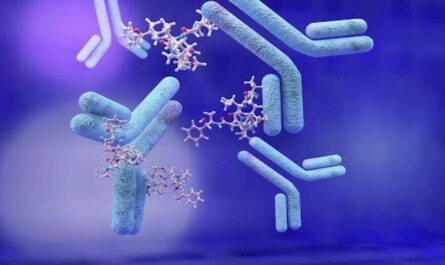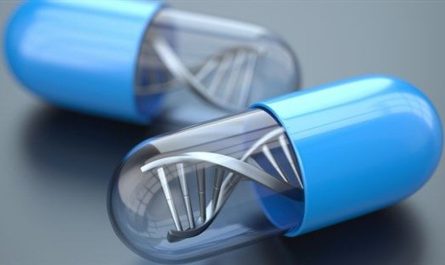Treatment Resistant Depression
Treatment resistant depression, also known as refractory depression or non-responsive depression, refers to instances of major depressive disorder that do not respond to at least two different antidepressant medications from different classes. Depression, in general, is a serious medical illness that negatively impacts mood and daily living. However, for some individuals, standard first-line depression treatments like antidepressant medication and psychotherapy are not effective.
Causes and Risk Factors
The exact causes of treatment resistant depression are still being researched, but genetics and biological factors are believed to play a role. Some risk factors that may increase the chance of developing treatment resistant depression include:
– Having a family history of treatment resistant depression. Genetics influence neurochemical imbalances in the brain that impact mood regulation.
– Early life trauma or adverse childhood experiences. Stress and trauma can alter neurodevelopment and the body’s stress response system in long-lasting ways.
– Comorbid psychiatric conditions. Conditions like anxiety disorders or bipolar disorder that occur alongside depression can complicate treatment.
– Certain medical conditions. Chronic illnesses involving inflammation, like cardiac disease or neurological disorders, may contribute to inadequate antidepressant response.
– Substance abuse. Ongoing alcohol or drug misuse interferes with medications and therapies from working optimally.
Diagnosis and Assessment
To diagnose Treatment Resistant Depression specifically, a mental healthcare professional will thoroughly evaluate treatment history. A systematic assessment considers:
– Previous medications tried at adequate doses for sufficient durations as prescribed.
– Types of treatments used, including select psychotherapy or alternative therapies.
– Symptom severity, course and functional impairment despite past treatment.
– Potential contributing factors or complicating issues discussed earlier.
The evaluation rules out treatment nonadherence or inadequate trial of options before confirming treatment resistance. Proper diagnosis guides next-level interventions.
Augmenting Initial Treatment
Often the first strategy for treatment resistant depression involves augmenting or enhancing initial antidepressant therapy. Common augmentation approaches include:
– Adding a second antidepressant medication from a different class that works via separate mechanisms.
– Using adjunctive medications such as atypical antipsychotics, lithium or certain anti-seizure drugs.
– Continuing antidepressants while also initiating evidence-based psychotherapy if not already in use.
– Supplementing prescription treatment with alternative therapies like light therapy, meditation, exercise or omega-3 fatty acids.
Close monitoring and follow-up with a specialist helps determine response or need to modify the augmentation strategy. Combining antidepressants thoughtfully increases chances of remitting difficult depression.
Second-Line Treatment Options
When augmentation approaches are unsuccessful, more intensive second-line therapies are considered. Some examples are:
– Transcranial magnetic stimulation (TMS): A noninvasive procedure using magnetic fields to directly stimulate brain regions involved in mood regulation, such as the prefrontal cortex.
– Electroconvulsive therapy (ECT): A highly effective but still stigmatized treatment involving inductions of seizures with small electric currents to trigger broad changes in brain chemistry and function.
– Vagus nerve stimulation (VNS): A surgical intervention implanting a pacemaker-like device delivering regular stimulation to the vagus nerve in the neck aiming to reduce depressive symptoms.
– Ketamine infusions: A rapidly acting but short-lived treatment administering sub-anesthetic doses of the N-methyl-D-aspartate receptor antagonist ketamine, usually in conjunction with traditional antidepressants.
Final treatment decisions account for an individual’s medical history, treatment preferences, risk-benefit analysis, and attempts at first-line and augmenting strategies. Additional non-drug solutions may assist as well.
*Note:
1. Source: Coherent Market Insights, Public sources, Desk research
2. We have leveraged AI tools to mine information and compile it




